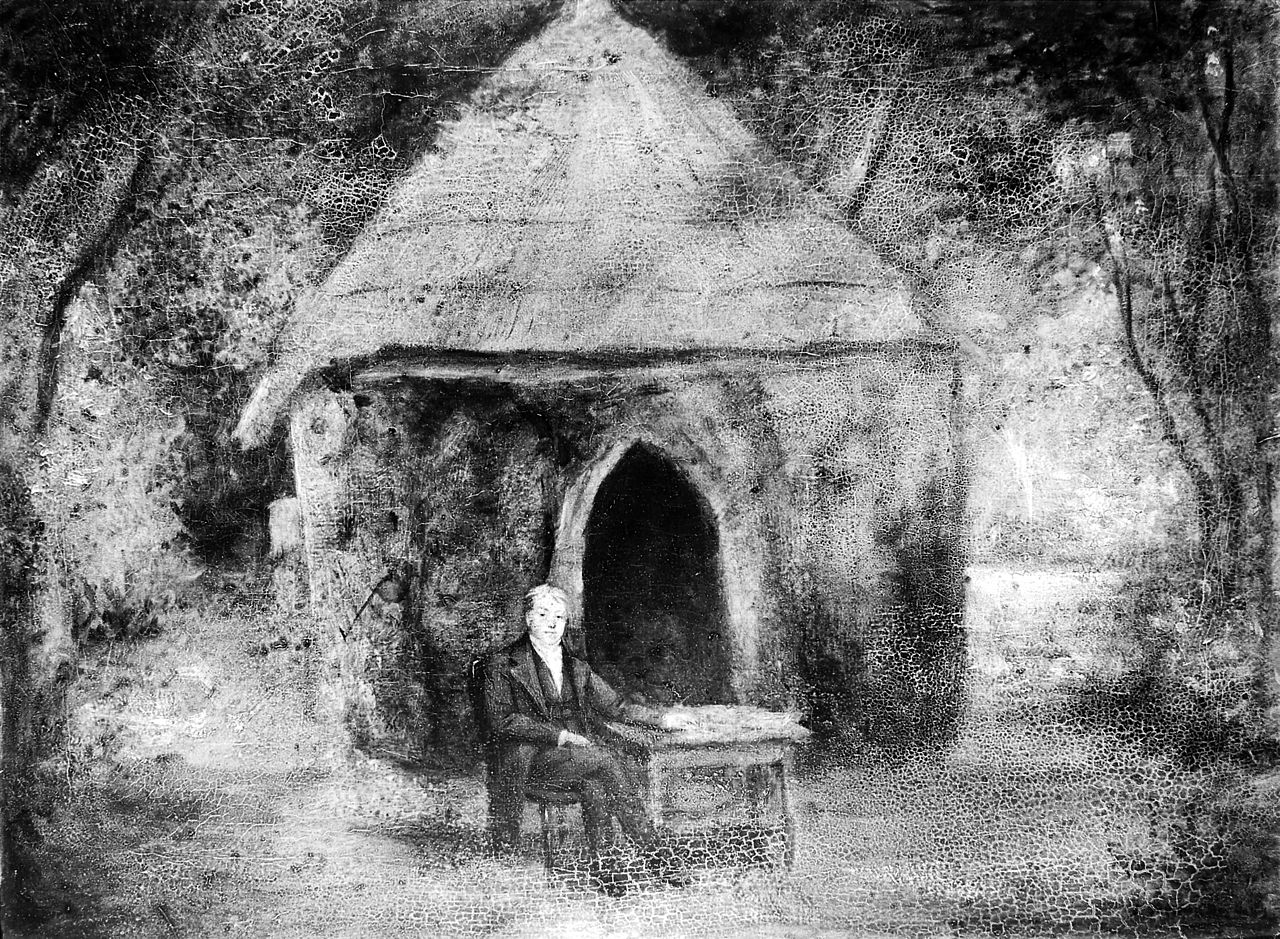At age 47, country physician Edward Jenner decides to prove the folklore that milkmaids who contract cowpox will never contract small pox. What follows next is the development of the vaccine that will eventually bring about the eradication of small pox. This is the summarised life of the man who made vaccines popular in the Western world.
1749 – Edward Jenner is born in Berkeley, Gloucestershire, England to a clergyman. He has 7 older siblings.
Age 5 – His mother dies during childbirth. His father dies 2 months later. His older brother, also a clergyman, raises him.
Age 13 – After graduating from grammar school, he becomes the apprentice of a nearby surgeon.
Age 19 – Various physicians in England begin to notice that those who’ve had cowpox before never contract smallpox but none of them manage to get widespread recognition for that theory.
Age 21 – Edward completes his apprenticeship and becomes the house pupil of John Hunter, one of the most prominent surgeons in London, who tells him, “Why think? Why not try the experiment?”
Age 24 – Edward finishes his studies in London and returns to Berkeley to be a doctor in his native town. He also joins 2 medical groups to share medical knowledge and writes medical papers. He has an interest in natural science, studies geology and experiments on human blood. He also plays the violin and writes poetry.
Age 29 – Edward experiences a disappointment in love.
Age 35 – After hot air balloons become popular, he builds his own hydrogen balloon.
Age 39 – He marries a woman named Catherine Kingscote and writes a paper on observations of cuckoo birds. He is elected as a fellow of the Royal Society for this work but naturalists dismiss his work as nonsense.

Age 40 – His son Edward is born.
Age 44 – His former teacher, John Hunter dies.
Age 45 – His daughter Catherine is born.
Age 47 – He decides to test the local belief that milkmaids who suffer cowpox never contract small pox. He takes matter from the lesions of a milkmaid with cowpox and inoculates an 8-year-old boy with it. The boy becomes ill for 9 days then gets well. Less than 2 months later, Edward inoculates the same boy with smallpox matter and observes that no disease develops. He proceeds to try this again with 22 other people.
Age 48 – His son Robert is born.
Age 49 – He publishes a paper titled ‘An Inquiry into the Causes and Effects of the Variolae Vaccinae’, naming the solution ‘vaccine’ after the Latin word for cow, Vacca. He then goes to London to seek volunteers for vaccination but nobody buys into his theory. To promote his solution, Edward gives the inoculant to other doctors who at first ignore or dismiss it, then try to take credit for coming up with it instead.
Age 51 – His vaccine is now available in most European countries.
Age 53 – The obvious effects of the protection vaccination become obvious and more people start getting vaccinated. Edward is now famous and continues to research and develop his vaccine. Parliament gives him £10,000 for his efforts to promote vaccination. He is elected honorary member of the American Academy of Arts and Sciences.
Age 54 – Vaccinations are now popular in Europe too. He becomes president of the Jennerian Society in London which promotes vaccines to eradicate smallpox.
Age 57 – Parliament gives him another £20,000 for his vaccination efforts.
Age 59 – Edward becomes a director of the National Vaccine Establishment that is funded by the government but soon resigns when he feels dishonoured by the men selected to run it.
Age 61 – His oldest son dies of tuberculosis. His sister, Mary soon follows.
Age 63 – His sister, Anne also dies of tuberculosis.
Age 66 – His wife dies of tuberculosis. He withdraws from public life.
Age 71 – He has a stroke but recovers.
Age 72 – Edward is appointed physician extraordinary to King George IV, and also mayor of Berkeley and Justice of the Peace.
Age 73 – He publishes a paper titled ‘Observations on the Migration of Birds’ then has a massive stroke in his study in the wee hours of the night and is paralysed on one side. The next day, he dies. He is laid to rest near the rest of his family at the Berkeley church.
1840 – 17 years after his death, the British government begins to provide smallpox vaccination made from cowpox free of charge.
1896 – 73 years after his death, a statue of Edward is erected at the Tokyo National Museum to commemorate the centenary of his vaccination discovery.

1980 – 157 years after his death, the World Health Organisation declares smallpox eradicated.
1985 – 162 years after his death, the house he lived in becomes the Jenner Museum.
More life summaries available here.
Photographs: Wellcome Images, Chris 73. Compiler: Sy
Sponsor or support the Life Summary series here.
If you found this article useful:


Say something: